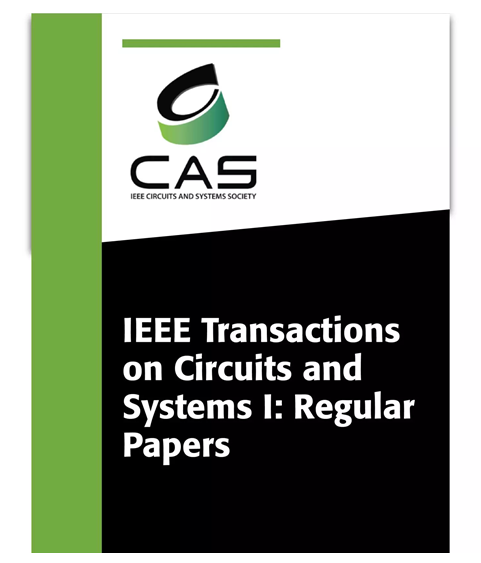A Systematic Review of Voltage Reference Circuits: Spanning Room Temperature to Cryogenic Applications
IF 5.2
1区 工程技术
Q1 ENGINEERING, ELECTRICAL & ELECTRONIC
IEEE Transactions on Circuits and Systems I: Regular Papers
Pub Date : 2024-12-09
DOI:10.1109/TCSI.2024.3507783
引用次数: 0
Abstract
Cryo-CMOS IC for quantum applications, proposed for tens of years, are designed to control quantum processors operating at cryogenic temperatures (CTs). The reference circuits play a significant role in quantum controllers, providing a relatively stable biasing for analog and radio frequency (RF) circuit blocks. Based on a literature review, we discovered that achieving high-accuracy reference voltage or current at CTs is challenging due to the unstable temperature characteristics of complementary metal-oxide-semiconductor (CMOS), bipolar junction transistor (BJT), or resistors in the general CMOS process at CTs. Therefore, certain specialized device structures, such as dynamic threshold MOS (DTMOS), can be employed within the bulk CMOS process. Alternatively, BJT and other devices found in specific processes, such as silicon-germanium (SiGe) and fully depleted silicon on insulator (FD-SOI) CMOS, can achieve adaptive temperature compensation. This paper provides a succinct overview of several fundamental structures and common research hot spots about the reference voltage circuits, and then assesses their suitability for CT circuit design, considering the reliability of devices in bulk CMOS, FD-SOI CMOS, and SiGe process. Finally, the paper summarizes the types of cryo-temperature reference circuits and offers an overview and comparison of them.求助全文
约1分钟内获得全文
求助全文
来源期刊
CiteScore
9.80
自引率
11.80%
发文量
441
审稿时长
2 months
期刊介绍:
TCAS I publishes regular papers in the field specified by the theory, analysis, design, and practical implementations of circuits, and the application of circuit techniques to systems and to signal processing. Included is the whole spectrum from basic scientific theory to industrial applications. The field of interest covered includes: - Circuits: Analog, Digital and Mixed Signal Circuits and Systems - Nonlinear Circuits and Systems, Integrated Sensors, MEMS and Systems on Chip, Nanoscale Circuits and Systems, Optoelectronic - Circuits and Systems, Power Electronics and Systems - Software for Analog-and-Logic Circuits and Systems - Control aspects of Circuits and Systems.

 求助内容:
求助内容: 应助结果提醒方式:
应助结果提醒方式:


